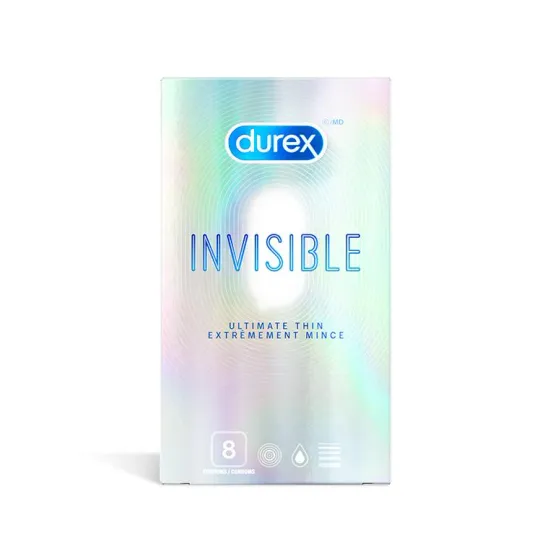
What Is Queefing? Normalizing The Infamous Vagina Fart
To many, queefing feels like the exact opposite of an intimate symphony – more like a horn(y) interruption to a sexual act or a not-so-silent extra partner in the room. Whether you’re in the process of stretching for warm up at the gym or engaging in eroticism with your lover(s), vaginal flatulence (known in slang as a queef) can escape from your body. What is queefing exactly? Truly, it’s air moving out of the vagina that carries a noise similar to farting.
These vagina farts can come to fruition from exercise, cross-legged sitting positions, fingering or penetration, and if something is being pulled out from the vagina (like a sex toy). Unfortunately, queefing is something people feel a great deal of embarrassment or shame by. In reality, it happens to more bodies than you think and it’s nothing to fret over!
However, if your queefing seems to have taken over parts of your life you want to avoid for the future, there’s methods you can try for how to stop queefing that can reduce the repetition of the common vagina fart. While there’s no smell emitted from this natural bodily release, queefing is tougher to control because the pelvic floor muscles succumb to releasing trapped air. In addition, those with weaker pelvic floor muscles are more likely to have trapped air inside them – increasing the odds of releasing vagina farts.
Let’s go over how to stop queefing and if queefing carries symptoms of anything concerning health. It’s important to be more informed on the matter (especially if some think it matters when it comes to being sexy). Nothing feels better than releasing judgment.
How To Stop Queefing, When The Vagina Fart Can Become More Serious, And Common Misconceptions
As is the case with most vagina farts, queefing is relatively normal and usually not indicative of anything too concerning. But, in less typical cases, a vaginal fistula can be present – although it carries far more symptoms than just the regular or sporadic queef. This condition looks like an abnormal opening or tunnel, connecting the vagina to other nearby organs like the bladder or rectum and may cause an ongoing urinary tract infection (UTI), abnormal vaginal discharge, abdominal pain, urinary and fecal leakage, and/or an unpleasant urinary or vaginal discharge smell. If you’re experiencing any of these symptoms, it’s a smart idea to see your doctor or visit a walk-in clinic ASAP.
Now let’s discuss some methods for potential queefing prevention so you’re well aware of what to do and when to do it if you want to steer clear of the penultimate queef. Though there isn’t a proven treatment or guaranteed tactic to swerve the sexual fart, the following pointers may be able to help you. Then, a few misconceptions will be debunked to give you more peace of mind and peace of vagina.
If you want to help avoid one partner’s displeasure during sex, read Out Of Sync Sex Drives? How To Deal With Mismatched Libidos for advice that can lead to a higher sex drive of information.
1 Try Doing Kegel Exercises
Kegels are an exercise you can incorporate in your daily routine to help strengthen pelvic floor muscles if you want to limit queef slips from happening. Make sure you go to the bathroom prior to doing them to empty your bladder, and identify your pelvic floor muscles by abruptly stopping urination mid-way through. Lay down and imagine you’re sitting on a small object like a marble, then tighten your pelvic muscles as if to emulate the act of lifting the object up. Focus on tightening only your pelvic floor muscles and hold for 3 seconds, then let go and relax for another 3 seconds. Three sets of 10 kegels a day can be a worthy exercise to try if queefing becomes your unwanted habit.
2 Explore Sex Positions With More Lube
Positions like missionary where your legs are closer together can reduce the amount of air entering the vagina, and lubrication can assist with reducing friction. Try avoiding positions like the downward-facing dog yoga-esque sex move as it’s a more airy obstacle. If you move too quickly to switch up the sex position you’re in, air pressure inside the vagina can shift and potentially lead to a sexual fart moment. A lubricant like Durex Intense Orgasmic Gel* can increase sensitivity of the intimate areas and help bring sensual waves of warming, cooling, and tingling to the table. Or choose a water-based lube and apply to both the penis with condom on and vulva to help prevent trapped air and make room for pleasure memories.
Want to learn some position parables? Check out The 5 Easiest (And Most Challenging) Sex Positions for a variety of pleasure to practice.
3 Debunking Queefing Myths
There’s never any shame in your vagina fart game, but there are some people who believe the worst about the phenomena. For instance, queefing has nothing to do with loose or damaged vaginal muscles – it’s not about the tightness inside†. It’s a normal body reaction that plenty of people experience.
Queefing can also happen to anyone with a vagina, not just partners who are with a partner with a larger penis size (contrary to some people’s popular belief) and it can occur from non-sexual physical activity like running or yoga. This is so because those activities involve air moving in and out of the vaginal canals†.
Vagina farts also aren’t equated to poor hygiene or an STI† off the bat. It’s important to keep that normalcy in mind if it happens to you. Keep an ongoing conversation with your partner(s) about queefing and remind them of how normal and natural the nature of the act is. Approach the discussion with lightheartedness and humour if you feel uncomfortable, and always remind yourself that it’s not weird, gross, or rare.
Release The Stigma
After detailing what queefing is, how it happens, external symptoms, preventative measures, and hidden truths, you can walk away from this topic with a light breeze surrounding you. Practicing relaxation methods like deep breathing and meditation can also be beneficial, if you feel the underlying weight of queefing stressors. Never let this ordinary bodily response hold you back from a full and positive sex life.
With sex in mind, look at How To Orgasm At The Same Time As Your Partner for simultaneous pleasure advice.
*Ensure this product is right for you. Always read and follow the label before use.
†Allo Health. (2023, July 10). What is a queef and how can it be prevented? | Allo Health. Allo Health. https://www.allohealth.care/healthfeed/sex-education/queef

